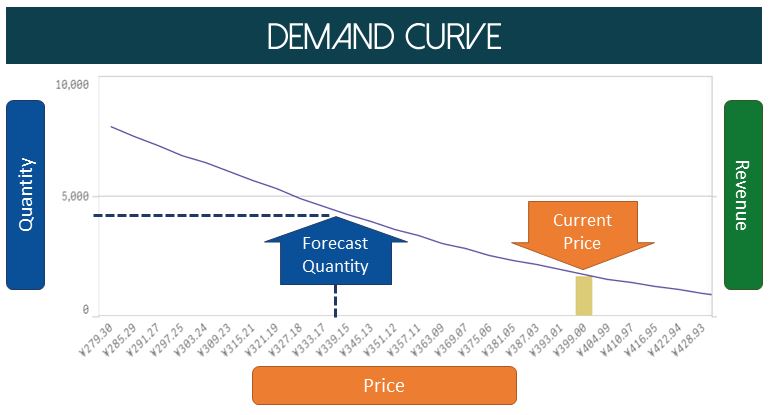
Price Optimization is a data analysis tool that predicts consumer behavior based on pricing. It uses supply and demand market principles to determine the highest price customers are willing to pay for a certain product or service. Price Optimization creates individual demand and profitability curves and makes pricing recommendations based on algorithmic forecasting. The results of this analysis are useful for companies wanting to maximize profits without sacrificing their customer base. Given the complexity of market conditions at any given time, Price Optimization tools consider factors such as operating costs, inventories and historical sale data to support its pricing output. The objective of these tools is to reach revenue goals, using price as a lever.
Who uses Price Optimization?
The Hotel and Hospitality Industry makes use of Price Optimization tools to consistently and automatically adjust nightly booking rates. They capitalize on local events and seasonality by raising these rates accordingly. Floral or Local Produce Distributors use Price Optimization to assess local inventory and use the data as a guideline for how much they should charge for their products. In the Supply Chain Management Industry, Price Optimization is used to develop pricing strategies for inventory acquisition and to automate payment operations. as an example, restaurants use Price Optimization to gauge the success and profitability of promotional offers, such as Happy Hours or pre-fixed menus.
Price Optimization Goals
The goal of pricing optimization is to find that perfect balance of profit, value, and desire. A business cannot control which products and features wanted by a customer, but one can add valuable features to your product or service. These improvements take time and effort. A great starting point for most businesses is to determine their starting price and any future discounts or promotions that may be offered.
